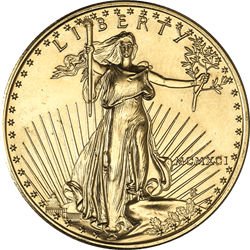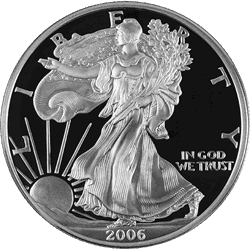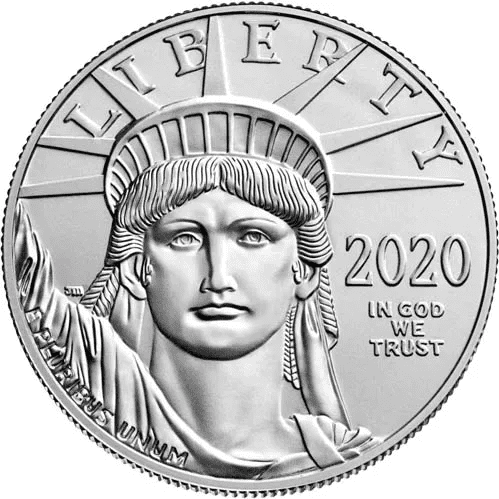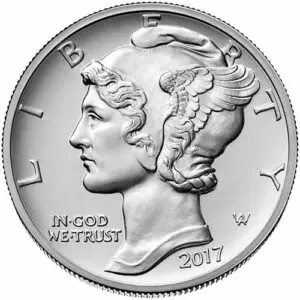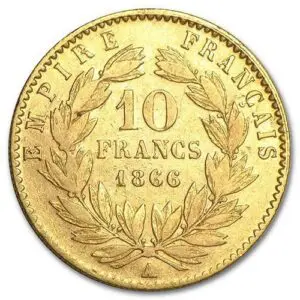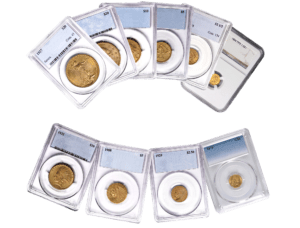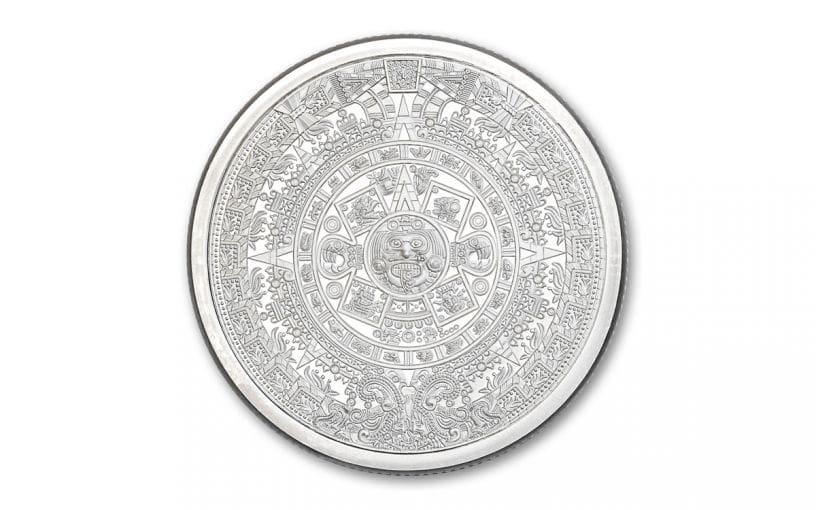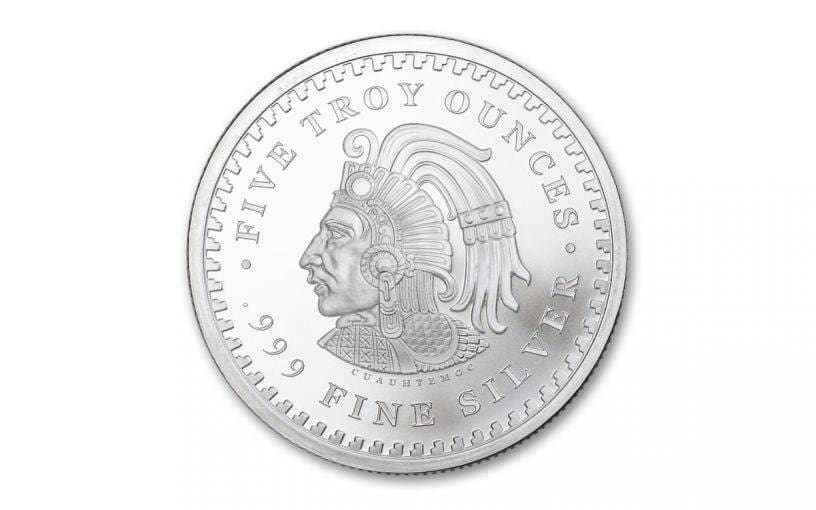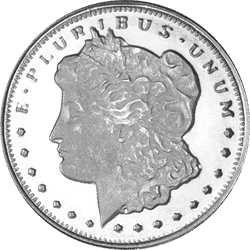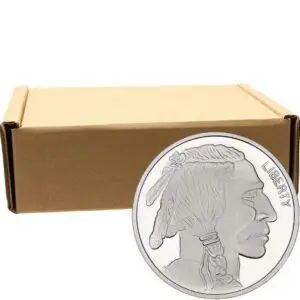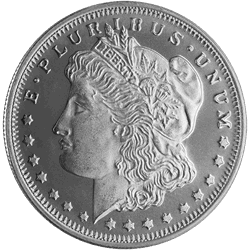Description
The Aztec Calendar Stone with its myriad symbols of celestial bodies and intricate carvings is a recognizable icon of ancient Mesoamerica. In its center is the terrible sun god, Tonatuih, who holds a human heart in each of his hands while his razor-sharp tongue flicks between his lips serving as a ritual blade for sacrifice. When the Spaniards conquered the Aztecs, they discovered the massive 24-ton carving and buried it on the site where the Cathedral of Mexico was built. Out of sight, out of mind. More than 250 years later, however, it was found by accident during a renovation of the church. It has since been moved to Mexico’s National Museum of Anthropology where today it is among the most visited artifacts at the prestigious world-renowned museum.
In 1519, at the height of its power, the Aztec Empire controlled most of central Mexico including what has since become Mexico City. It was at this lofty point in its history that Spanish explorer Hernán Cortés and his army of conquistadores arrived and took King Montezuma II prisoner before laying waste to the empire. After the ultimate defeat of the Aztecs in 1521, Cortés had their last king, Cuauhtémoc, arrested. According to many historians, Cortés kept the young king prisoner and tortured him for several years before finally executing him in 1525. Cuauhtémoc is revered today in Mexico for his heroic defense of the country against all odds. His face is everywhere throughout the country on bank notes, paintings, statues, fine art – and now on these incredibly detailed five-ounce silver rounds!






